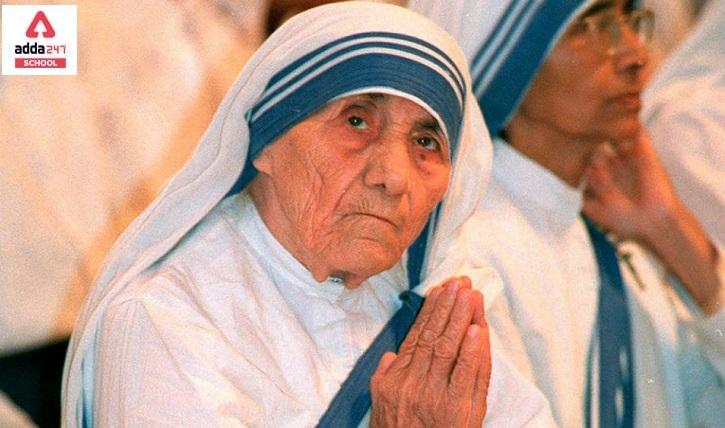Table of Contents
About Mother Teresa Nationality
Mother Mary Teresa Bojaxhiu, an Albanian-Indian Roman Catholic nun and a missionary, was born Anjez Gonxhe Bojaxhiu on August 26, 1910. She was born in Skopje, the capital of North Macedonia, which was then part of the Ottoman Empire’s Kosovo Vilayet. After eighteen years in Skopje, she traveled to Ireland and eventually to India, where she spent the rest of her life.
Where Mother Teresa was Born, her Early life, and her family?
She was Nikola and Dranafile Bojaxhiu’s youngest child. Her parents were of Albanian ethnicity. Mother Teresa’s father was a businessman who worked as a construction contractor and a merchant of pharmaceuticals and other commodities. Nikola Bojaxhius was a fervent Catholic who was active in both the local church and municipal politics as an outspoken supporter of Albanian independence. When she was eight years old, her father, who was prominent in Albanian-community politics in Ottoman Macedonia, died.
Teresa was attracted by accounts of missionaries’ lives and work in Bengal ever since she was young, according to a biography by Joan Graff Clucas; by the age of 12, she was sure that she should commit herself to monastic life. On the 15th of August 1928, she strengthened her determination while praying at the Vitina-Letnice shrine of the Black Madonna, to which she frequently paid pilgrimages.
Mother Teresa Nationality and Life after leaving home
Mother Teresa decided to leave her home and so she voluntarily left home at the age of 18 in 1928 to study English with the Loreto Sisters in Rathfarnham, Ireland, with the goal of becoming a missionary. The Sisters of Loreto in India learned English as their primary language. Until 1934, her family called Skopje home.
In 1929, she began her novitiate in Darjeeling and learned Bengali. She also taught at St. Teresa’s School, which was close to her convent. In May of 1931, Teresa made her first religious vows. She wanted to be named after Thérèse de Lisieux, the patron saint of missions, but because another nun in the monastery had already selected that name, she chose the Spanish spelling instead.
Teresa was a teacher at the Loreto convent school in eastern Calcutta when she took her solemn vows on May 14, 1937. She worked there for nearly two decades until the position of headmistress in 1944. Although she enjoyed teaching, the poverty around her made her restless. The Bengal famine of 1943 wreaked havoc on the city, and the Direct Action Day of August 1946 ushered in a period of Muslim-Hindu violence.
She heard the call of her inner conscience during this train trip to Darjeeling. She believed that by staying with the poor, she was serving them. She dropped out of school after that and founded the ‘Missionaries of Charity in 1950.
Read About Special Economics Zones
Mother Teresa: Death
Teresa resigned as head of the Missionaries of Charity on March 13, 1997. Soon after on September 5, 1997, Mother Teresa passed away. The Missionaries of Charity had approximately 4,000 sisters and a fraternity of 300 members running 610 missions in 123 countries at the time of her death. Hospices and residences for persons living with HIV/AIDS, leprosy, and TB, soup kitchens, children’s and family counselling programmes, orphanages, and schools were among the organisations. By the 1990s, the Missionaries of Charity had a workforce of over one million people.
Read About Food Chain



 TS Inter Results 2025 Date for TSBIE 1st...
TS Inter Results 2025 Date for TSBIE 1st...
 CUET Accountancy Chapter Wise Weightage ...
CUET Accountancy Chapter Wise Weightage ...
 CUET UG Exam Date Sheet 2025 @cuet.nta.n...
CUET UG Exam Date Sheet 2025 @cuet.nta.n...










